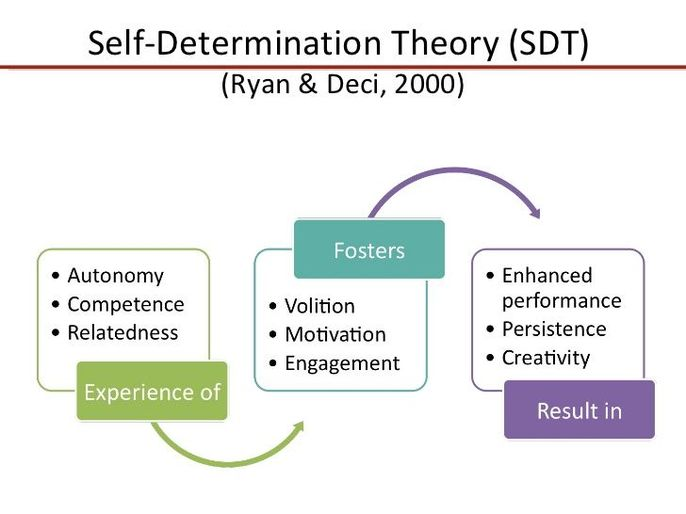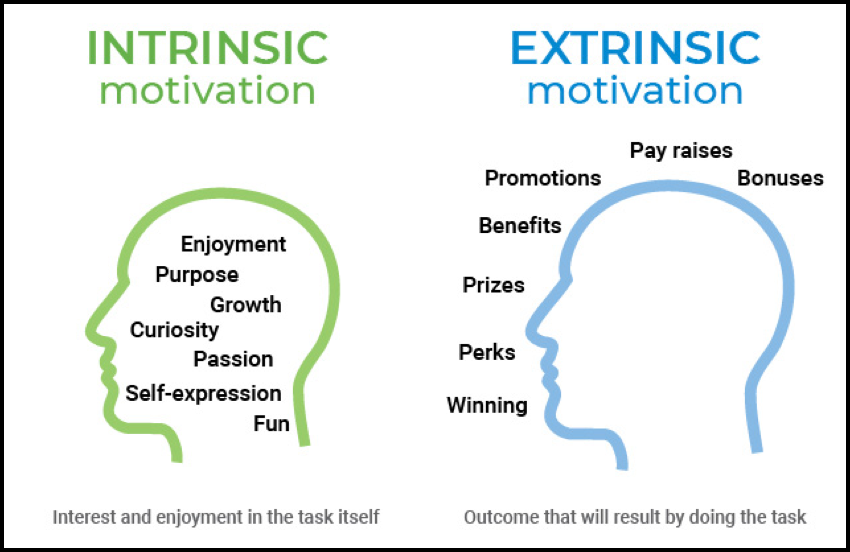Here’s a quick synopsis of some of the key take aways. If you want to understand more about WHY and HOW to get motivated to move forward with a solutions based approach, check out the self-determination note below for some bonus learning! :
Knowing what triggers YOUR symptoms is personal and key. Be mindful, self-aware and solutions focused.
General good advice, based on what we understand from a science led approach includes:
- Avoiding alcohol and other toxins which stress the phase II pathways of the liver, including certain medications. These can include – menthol, paracetamol, certain antibiotics, chemical preservatives and solvents in new carpets and paint, other chemical fumes, sprays etc. The easiest approach is to stick to organic and natural substances which is better for you and the environment.
- For diet, a healthy diet with lots of water, vegetables (particularly cruciferous ones such as broccoli), good proteins and fats such as sesame and chia seeds, and reducing refined sugars and carbohydrates, will ensure you stay full of energy and feel better. (Check out the recipes in the FREE recipe book for meals that will help you feel on top form Recipe’s for life with Gilbert’s Syndrome). Regular meals and sleep will keep your liver and body functioning as well as possible. PLUS supplementation can optimise your vitamin levels.
- Practising ways to reduce your stress and anxiety, such as deep breathing, regular exercise, walking, time for yourself and meditation will also ensure you deal better with your symptoms and feel happier and healthier.
- If you want to explain to people simply and easily what Gilbert’s Syndrome is and what it means for you – share this easy to understand infographic, or use it to prompt you.
- Finally, remain in good dialogue with your health professionals and ensure that you stay informed about the latest research and findings about your health conditions. www.gilbertssyndrome.org.uk is here to help you with that. (By signing up to the website you get your free download of questions to ask your Doctor.)
PS the WHY and the HOW
I talk a lot about solutions and the many things you can do to take control. Why do I do that, and how do you stick to putting these solutions into action? Based on something called ‘self-determination theory’, which says that people need three things – Competence (you need to have skills and knowledge you can use to do things that are important to you); Autonomy (having some control of your behaviour and environment); Relatedness (connection to others), this course helps you fulfil your needs for a better life.

I want you to have the skills and knowledge to be in control of your self and your environment. By sharing my experiences and those of other people, you can feel less like you are on your own, and that you can learn solutions as well as find your best path. Your motivation for doing these things is ‘intrinsic’ which is the most powerful motivation. It comes from internal values, desires and needs. Other motivations are ‘extrinsic’. These are more socially obvious rewards such as money and accolades. Although these can be powerful incentives, they aren’t the most effective at keeping you motivated long term.

There are grey areas around social pressures and conventions that mean you have internalised shame or guilt. You may feel it is an important value to you to have a strong work ethic, which translates into feeling ashamed or guilty if you take time off sick. Chronic illness is a life change that means you may need to re-evaluate your values and whether they really serve you well. By identifying your intrinsic motivations to meet those three basic needs you will have a clear picture of why this course will help you live a better life.
For example – here’s my story
VIDEO
I used to feel guilty that I had to take time off sick and couldn’t be as carefree about staying out late and drinking with friends. This went against my values of hard work and being able to relax and maintain friendships. I felt guilt, shame and loneliness. I had to re-evaluate my priorities, and realised that ignoring chronic illness isn’t a way of getting around those things – it just made it worse. Setting up Action on Gilbert’s Syndrome was one way I took control and used my work ethic and need to connect. I learnt how to manage my energy and workload. I still managed to astonish people with the amount of things I could accomplish despite numerous chronic health conditions. I accomplished everything I could have wanted to do in my career and much more. I learnt how to have realistic boundaries around my social life – meeting for lunch and not late in the evening, maximising building deep relationships over casual leisure time with acquaintances, finding people with shared values and concerns that helped support my journey, realising I could be a comfortable introvert. My re-evaluation included better understanding my values as opposed to the expectations of others, and so I achieved Competence, Autonomy and Relatedness on my own terms.
I know you can do it too, and I’m privileged to help you on this journey. You can talk to me directly to get my support as a qualified Health and Nutrition Coach, email me at adina@wellandgoodlife.co.uk . You can also share your experiences on gilbertssyndrome.org.uk by posting comments.